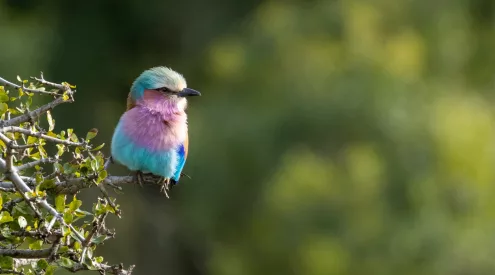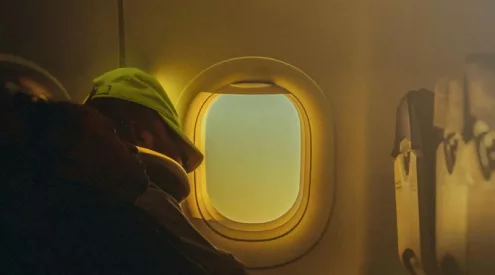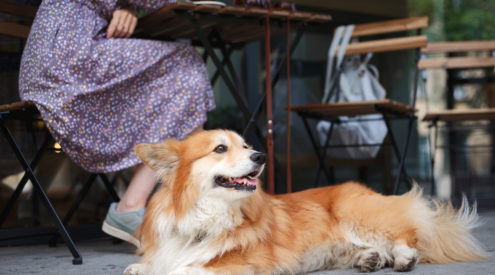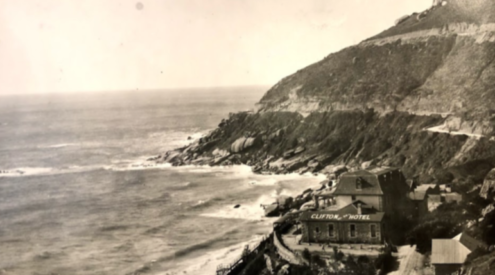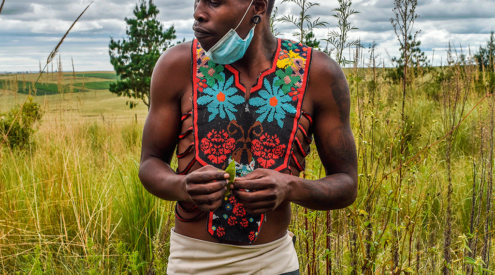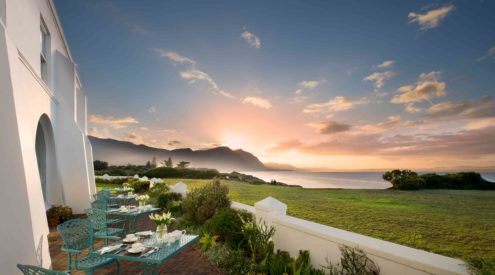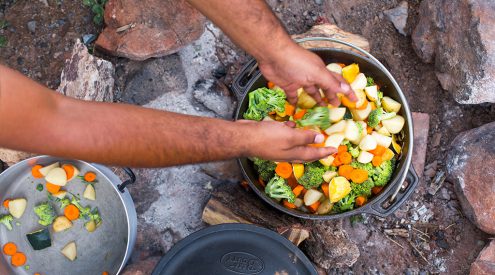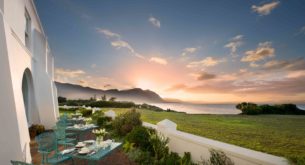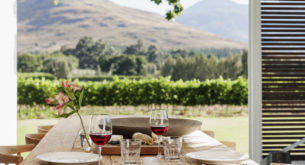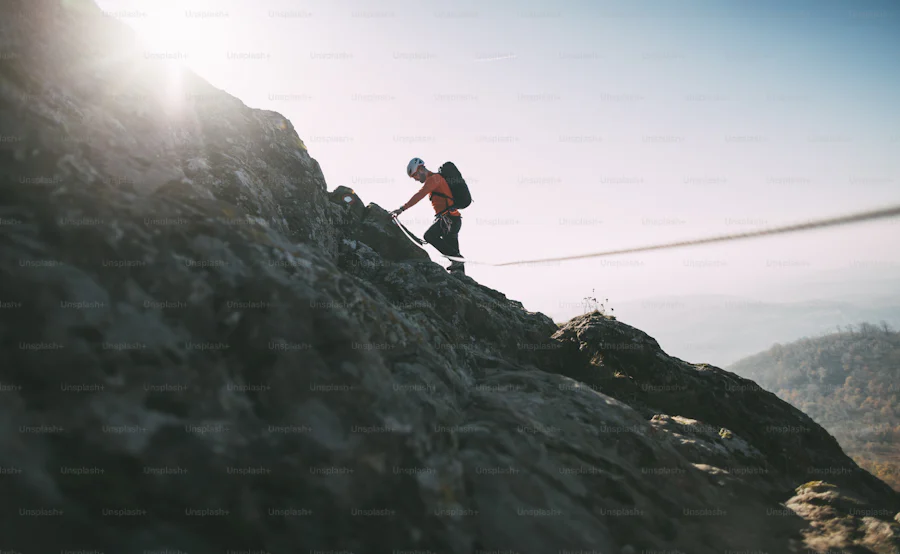I am, for my sins, a Liverpool FC supporter. I don’t really know why, only that when I first started watching football back in the early 90’s, it was Liverpool who were the big team of the day and once you pick a team it’s just not right to switch and change simply because they haven’t won the title in 21 years.
Liverpool football club plays their home games at Anfield Stadium, the historic ground built in 1884 and home to the club since 1892. In 1906, the newly constructed, open-air embankment on the south side of the stadium was given the unofficial name, “˜Spion Kop,’ by Ernest Edwards (a local Liverpool newspaper reporter), and in 1928 the name was eventually sanctioned by the club, with home supporters occupying the steep-sided stand, now usually abbreviated to “˜the Kop,’ ever since.
I’ll get to the relevance of this shortly.
Edwards’ remark is thought to be a reference to a colleague’s earlier observation of Arsenal FC’s ground in London, and evoked an already well entrenched idea in the minds of the time, that fans lining up on the open embankment recalled the British army’s exposed and silhouetted positions at the famous battle of Spioenkop where, a mere six years previously, hundreds of Scottish and (importantly for the Liverpool fans who’s city lies within this English county), Lancashire Regiment soldiers had lost their lives in a fierce battle with Boer commandos while attempting to break the siege of nearby Ladysmith.
Whether due to the exposed ranks of fans or the steep sides of the terraced stadium embankments, the reference to “˜Spion Kop’ can be found again and again at football and rugby grounds across the United Kingdom (Anfield, though the first, is not the only ground in the UK to have adopted the name for one of its stands), and it’s a testament to the powerful resonance this fateful battle had on the British psyche that so many separate references have stuck fast, and remain to this day.
The battle of Spioenkop marked one of the heaviest and most humiliating defeats that the British army suffered in South Africa at the hands of the Boers, and although casualty figures are sketchy on both sides, it is believed between 250 and 320 British soldiers died in the heavy Boer shelling, with anything from 800 to 1250 wounded or captured. On the Boer side, some 58 were killed on the hilltop, with a further 10 possibly perishing in skirmishes in the surrounding area, or on neighbouring “˜twin peaks.’
While the Boer dead were, for the most part, carried away to be buried back on their homesteads across the Free State and Transvaal, the British soldiers were buried where they lay and the spectacular flat hilltop is dotted with the marble crosses of grave stones where noted officers fell.
The chief tactical failure of the 1700 strong British force tasked with taking and holding Spioenkop, was to dig in on top of the hill, in the obscuring mist and darkness of their first assault, without any proper reconnaissance of the surrounding terrain. When dawn broke on 24 January 1900, they discovered that their main trench line, instead of facing the opposing Boer forces, lay directly down the firing line of the Boer field artillery, by that stage well set and sighted, on the neighbouring “˜twin peaks’ hills, two kilometres to the east. During the peak of the battle, as many as 79 shells per minute were said to have fallen down the exposed length of the British trench line and when the battle was over, by late afternoon of the same day, the vast majority of British dead were simply covered over in the trenches where they lay. The long, curving mass-grave is still prominent on the hill-top today, the memorial at its crest listing the names of all who died there by regiment and rank.
We were due to braai on top with some local KZN Midlanders who got wind of the tour from the Internet and in fact contacted us to see what they could do to get involved before most people even knew it was happening. These Midlanders know how to go big and they were determined to put on a memorable braai for us.
As we strode back from our hilltop tour, marvelling at the awesome views, we were greeted by the arrival of the biggest braai any of us, Jan included, had ever seen. Some kind of adapted animal trough tied on top of a bakkie, the entire load box beneath crammed to overflowing with wood for the fire.
With icy ‘Drakensberg dumpies’ (750ml quarts of black label) in hand, the boys set about preparing the fire (two litres of petrol should do it) and made us feel at home with a gift of local chutney, chilli paste and sips of home-brewed Zulu beer. I found it amazing that we could just braai up there, no rules, no regulations – provided we cleaned up after ourselves it was all good.
The only pity was the clouds. Though it didn’t rain, they obscured the view of the Drakensberg Mountains in the distance and, later, the stars above.
To the sounds of Ladysmith Black Mambazo, who grew up on a farm just five kilometres from Spioenkop, belting out over one of the bakkie’s radios (the battery died later and we all had to push start it in reverse down the hill), we had a good old party – descendants of Boers and Brits braaing and drinking together on top of this famous “˜spy’s hill’ 111 years after the bloody battle of Spioenkop.
If you’re interested in the area and looking for a knowledgeable and friendly guide to its famous Battlefields, contact Vincent Horn (tel 083-781-0740).

